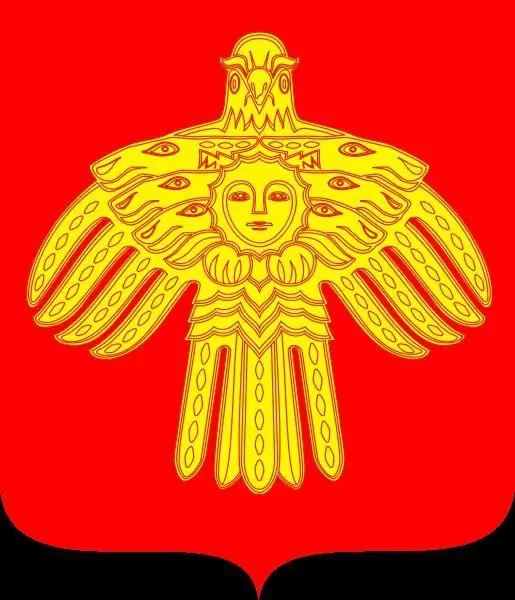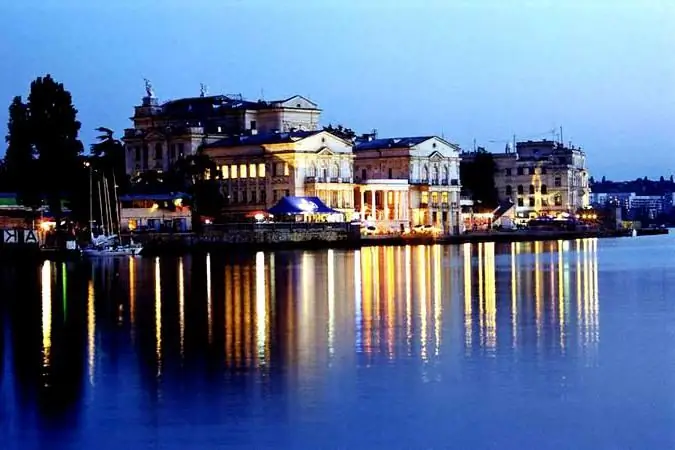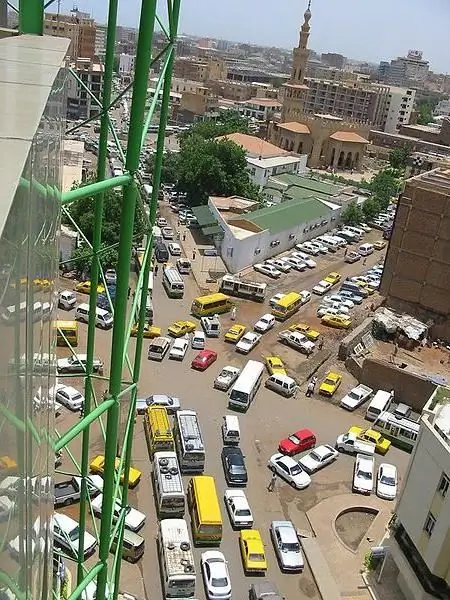- Author Harold Hamphrey [email protected].
- Public 2023-12-17 10:06.
- Last modified 2025-01-24 11:10.
Skopje is not only one of the largest cities in Macedonia, but also the capital of the republic, which is located in southeastern Europe. The city is located in an intermountain pit, almost at the northernmost border, on the banks of the Vardar River.
The capital of Macedonia has an amazing, dramatic history. Skopje started its

formation in the 3rd century BC and in 164 BC. e. came under the influence of Rome, thanks to which it became the provincial center of Moesia. About a hundred years later, the emperor Domitian founded the Flavia Elia Scupi colony on this site. That is why the name of the capital has an ancient antique sound. The village of Skupi was beautiful: many temples and majestic palaces, fountains and markets … But in 518 an earthquake hit it, which destroyed Skupi. Gradually the city was restored, since then the year of foundation of Skopje is considered to be 518.
Today, the capital of Macedonia is home to 860 thousand people. As before, ancient traditions are observed here and cultural heritage is maintained. These facts have contributed to the fact that Skopje is one of the most interestingcities in the world, and many international agencies offer tours here. Macedonia combines the incongruous. Despite the fact that the 1963 earthquake destroyed most of the historical monuments, the eras of the Middle Ages and Turkish rule are reflected in modern cities. An example is the small church of San Salvador, built in the seventeenth century and having an amazing iconostasis. Another of the most beautiful buildings of the medieval period is a stone bridge built in the middle of the 15th century in the very center of the city. It currently connects the two banks of the river and is exclusively for hiking.

The capital of Macedonia attracts tourists with other equally significant places.
So, in the former baths of Daut Pasha, which were erected at the end of the 15th century, there is now an art gallery.
The building itself is decorated with 13 asymmetrical domes.
The building was damaged many times, but is now fully restored.
The gallery exhibits works dating back to the 15th-16th centuries, as well as canvases dating back to the 18th-19th centuries.

Another landmark from the past is the Saat Kula clock tower. At one time, the Turks brought a clock from Sighet and installed it on the tower. Their battle was heard for several kilometers. During fires and earthquakes, the building was destroyed, so it was restored several times, but it was not possible to restore the clock.
The capital of Macedoniabecame famous for its fortress of Kale, which was built in 518, after a natural disaster. The blocks of the destroyed city served as the material for its construction. In the modern world, it is one of the most visited places by tourists.
Wars, earthquakes, political confusion in 1991 left their mark on the historical and cultural development of the Republic of Macedonia. Skopje is currently the seat of the country's president, government and parliament.






